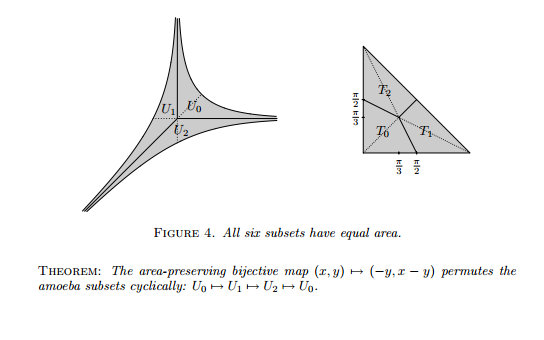Mikael Passare showed how to compute $\zeta(2)$ using the amoeba of $1 + z + w = 0$. Has this ever been generalized to higher zeta-values? How might one compute $\zeta(2n)$ this way?
$$ \zeta(2) = \int_0^\infty \log(1 - e^{-x}) \, dx = \frac{1}{3}\int_{s + t < \pi} 1 \; ds \, dt $$

